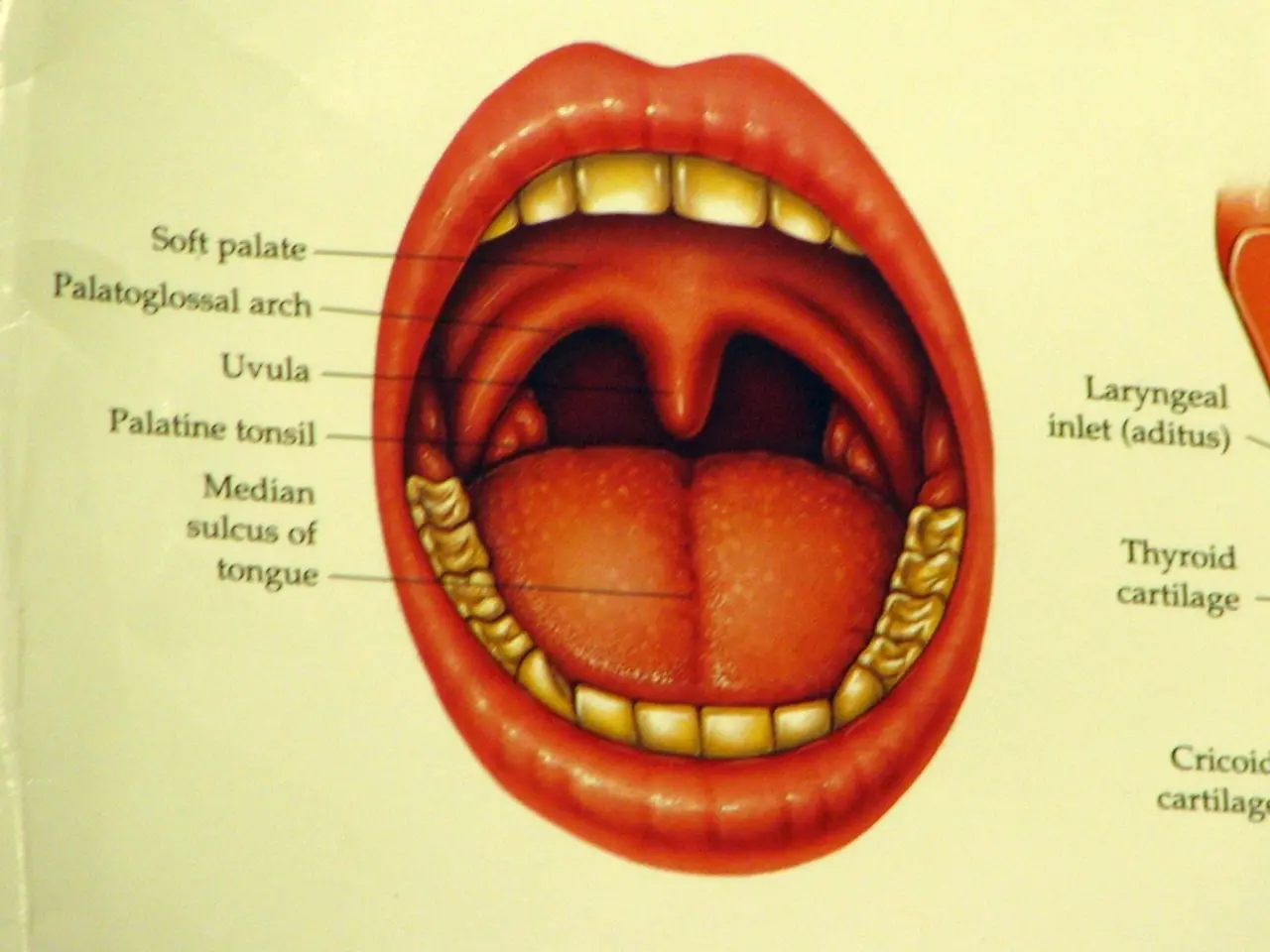Exercise-induced Nausea: Identifying Causes, Offering Solutions, and Implementing Prevention Strategies
Exercise-induced nausea and GI issues are a common problem for many individuals, especially those who engage in intense workouts or endurance sports. These issues can be distressing and may affect performance.
Causes
Overexertion and high exercise intensity, dehydration and heat stress, the type and timing of food intake, training volume, environmental factors, and impact and mechanical jostling are some of the main causes of exercise-induced nausea and GI symptoms.
- Overexertion and high exercise intensity: Pushing too hard too soon can trigger nausea and GI distress, especially in activities involving repetitive bouncing motions like running or trampoline exercises.
- Dehydration and heat stress: Insufficient hydration during exercise, especially in hot and humid environments, can disturb body temperature regulation, causing nausea, dizziness, and heat exhaustion symptoms.
- Type and timing of food intake: Eating certain types or quantities of carbohydrates (CHO) before or during exercise, especially if the GI tract is compromised, can exacerbate symptoms.
- Training volume: Both low and very high amounts of training increase the likelihood of GI symptoms.
- Environmental factors: Exercising in hot environments leads to more frequent and severe GI symptoms compared to cold or neutral temperatures.
- Impact and mechanical jostling: The repetitive up-and-down motion from running increases the risk of symptoms compared to cycling or other low-impact exercises.
Symptoms
The symptoms of exercise-induced nausea and GI issues include nausea and vomiting, diarrhea, stomach cramps and abdominal pain, bloating, an urgent need to defecate, dizziness, and muscle cramps (signs of heat exhaustion). Additional heat exhaustion signs include headache, excessive sweating, rapid pulse, and thirst.
Prevention Methods
Preventing exercise-induced nausea and GI issues involves optimizing various factors, including exercise intensity, hydration, meal timing and composition, exercise environment, and choice of exercise mode.
- Gradual progression of exercise intensity: Avoid increasing intensity too quickly to prevent GI distress and ensure the body adapts properly.
- Adequate hydration: Maintain proper fluid balance, especially in hot or humid conditions. Wear breathable clothing to aid sweat evaporation and cooling.
- Appropriate meal timing and composition: Avoid heavy, high-CHO meals immediately before exercise; tailor intake to individual tolerance and consider low-FODMAP diets if sensitive.
- Exercise environment: Avoid or modify training in very hot, humid conditions to reduce heat stress risk.
- Choose gentler exercise modes or techniques: Activities with less repetitive impact (e.g., cycling) may reduce GI symptoms.
- Listen to your body: If symptoms occur, slow down, rest in a cool place, and hydrate. Seek medical care if symptoms worsen or do not resolve.
People may be able to reduce nausea after exercising by drinking a sports drink with multiple transportable carbohydrates, such as glucose and fructose. However, it's important to note that some cases of exercise-induced nausea may be due to underlying conditions, such as kidney failure, heatstroke, anaphylaxis after eating, gallbladder scar tissue, ischemic bowel disease, pancreatitis, or hemorrhagic gastritis.
If altering eating and workout habits is not effective, or people experience long-lasting symptoms or frequent nausea, they should see a doctor. Proper warm-up and cool-down routines, as well as beginning with lower intensity workouts and gradually building up, may also help prevent exercise-induced nausea and GI issues.
- To prevent exercise-induced nausea, gradual progression of exercise intensity is essential to avoid triggering GI distress.
- Ensuring adequate hydration, particularly in hot or humid conditions, is crucial to maintaining proper fluid balance during exercise.
- The timing and composition of meals, tailored to individual tolerance, can help minimize the exacerbation of symptoms.
- Modifying or avoiding training in extremely hot, humid conditions may reduce the risk of heat stress and related symptoms.
- Choosing gentler exercise modes or techniques, such as cycling, might help reduce exercise-induced GI symptoms caused by impact and mechanical jostling.
- In cases of nausea after exercising, consuming a sports drink with multiple transportable carbohydrates like glucose and fructose may provide relief.
- However, persistent nausea or long-lasting symptoms may indicate underlying conditions such as kidney failure, heatstroke, anaphylaxis, gallbladder issues, ischemic bowel disease, pancreatitis, or hemorrhagic gastritis, and medical attention is necessary.
- Speaking with a healthcare professional becomes essential when altering eating and workout habits remains ineffective or symptoms continue.
- Proper warm-up and cool-down routines, along with lower intensity workouts and gradual build-up, can help prevent exercise-induced nausea and GI issues.
- Nutritional supplements and health-and-wellness products may offer additional support in managing exercise-induced nausea and GI issues.
- Fitness-and-exercise therapies and treatments may also play a vital role in reducing exercise-induced nausea symptoms and enhancing overall well-being.
- Science and research continue to uncover new predictive factors and potential treatments for atopic dermatitis, depression, diabetes, HIV, migraine, spondylitis, nsclc, bipolar disorder, and Crohn's disease – conditions that may contribute to exercise-induced nausea and GI issues.




